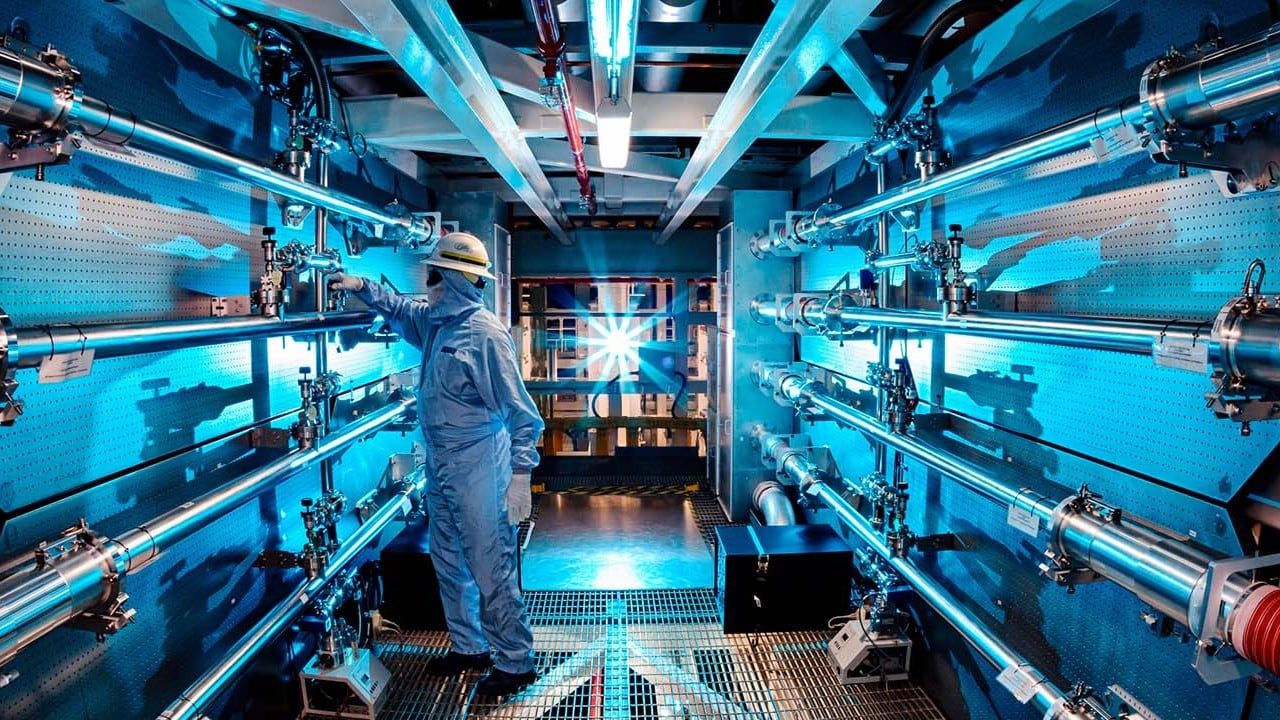
China eyes trillion-yuan output in civilian nuclear sector by 2025, with big industrial and economic gains
- China Nuclear Energy Association report outlines ambitions and hurdles facing an important driver of gross domestic product
- More investment and domestic innovation are needed to bolster China’s self-reliance in nuclear technologies, which are essential in many manufacturing advancements
China is looking to carve out a trillion-yuan market for nuclear technologies with civilian-focused purposes in the next couple of years, according to a recent report by the China Nuclear Energy Association (CNEA).
On top of military and energy uses, the assessment reflects Beijing’s belief that nuclear advancements have the potential to be a bigger engine for economic growth via wider use in medical, industrial, environmental protection and other civilian areas.
Achieving that 1-trillion-yuan (US$141 billion) goal by 2025 would further advance the burgeoning blue-ocean market whose output value rose from 300 billion yuan in 2015 to 700 billion yuan in 2022, or 0.57 per cent of China’s gross domestic product (GDP) last year.
Applications of nuclear techniques are usually civilian and non-power-related, and they include radiation and isotopic technology.
For instance, radioisotopes can be used by manufacturers to monitor the flow of fluids, detect leaks and determine if equipment has deteriorated or corroded, according to the World Nuclear Association.
How’s China’s manufacturing push doing, and what still needs to be done?
In China, more than 50 per cent of the market comprises industrial purposes, and around 20 per cent is for medical use, according to the report released last week during the 2023 International Conference on Nuclear Technology Application in Zhejiang province.
Nuclear techniques can also be used to identify and assess the properties of different materials; measure pollution levels; sterilise and disinfect components; monitor and optimise industrial processes; and change chemical, physical and biological properties to produce novel materials, while radiation can be used for analysing and processing a range of substances, according to the International Atomic Energy Agency.
However, the CNEA report also noted that China still relies heavily on imports for high-end equipment and key materials, meaning that more investment and innovation are needed to enhance the nation’s self-reliance in the sector.
More than 150 countries and regions worldwide have carried out relevant research and industrial development of the technology, the report said. In some developed countries, where the business model is more mature with higher market concentration, the output of relevant industries accounts for more than 2 per cent of GDP.
The CNEA also pointed out that shortcomings in China’s industry include a shortage of top-level planning; a reliance on imports for high-end nuclear detectors and medical isotopes; outdated analysis techniques; and insufficient investment in radiopharmaceutical research and development.
“The development of the nuclear technology industry not only needs the support and guidance of industrial policies, but also cannot be separated from the cooperation and exchange within the industry,” Zhang Tingke, vice-chairman and secretary general of CNEA, was quoted as saying last week in the state-run Economic Information Daily.
Industry players in China should carry out joint research and together break through various obstacles in the industrialisation process, while avoiding low-level homogeneous competition, Zhang said.
The report said that the further development of nuclear-technique applications should be driven by innovation, and that more research and development investments are needed to realise the independent control of core technologies.
It also said that the techniques should be applied more to promote the upgrading and transformation of traditional industries, while supporting the growth of emerging industries.


